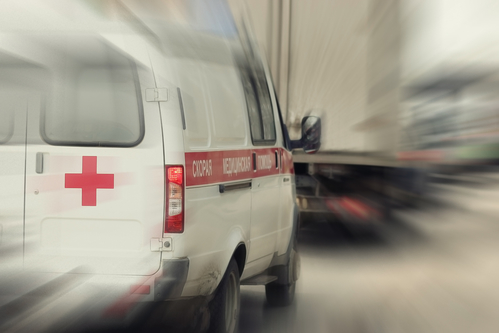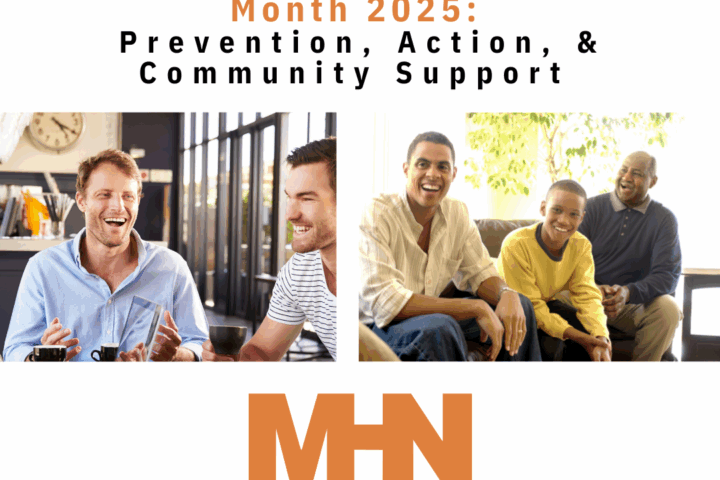Emergency services have come a long way since 1957, when the National Association of Fire Chiefs recommended a single number for reporting fires. According to the National Emergency Number Association (NENA), it wasn’t until 1967 when the FCC met with the American Telephone and Telegraph Company (AT&T) to establish a universal emergency number. The next year, 9-1-1 was established as the universal emergency code throughout the United States, in part because it was so easy and quick to dial.
Dialing 911 and getting certified dispatchers to deploy help was a revolutionary idea in the 1960s, but today it just scratches the surface of what technology is capable of. From enabling emergency services without a cellular network to apps, here’s how technology has changed emergencies forever.
Cloud Computing & Mesh Networks
Dialing 911 isn’t going to help much when disaster strikes and local infrastructure gets knocked out and overwhelmed, which is what typically happens when a natural disaster strikes. But the advancement of cloud technology helps keep data and communication safe and accessible. Microsoft’s tool Azure and Ready Reach can also share logistics and broadcast information.
Wireless mesh networks can also help restore communication in communities hit by a disaster. A mesh network relies on peer-to-peer, Wi-Fi, or Bluetooth technology to band together and share connectivity with other devices in a specific vicinity. As more and more devices connect to each other, they create their own network connection without needing Internet or cellular networks. According to Microsoft TechNet, the City of Marikina in the Philippines used a mesh network called the FireChat app to help restore communication after almost being submerged in water after a typhoon. The app helped locals get the emergency services they needed, and connect to loved ones.
Medical Alert Systems
Senior citizens who live alone can be prone to falls and undetected medical emergencies. Fortunately, seniors don’t have to reach their phone to access emergency services. Instead, medical alert systems like Lively Mobile can summon for help whether you’re relaxing at home or on the go. Meanwhile, fall detection technology can alert monitors if a wearer falls, and built-in GPS can determine where to send emergency services. Lively Mobile can even keep seniors connected with family and friends, and update caregivers to any medical emergencies.
Register Online as Safe After a Disaster
Letting your loved ones know you’re okay after a disaster strikes can help calm the chaos and refocus emergency efforts for those in need. Checking-in on social media is one way to alert people that you’re safe. But not everyone uses social media, which is why the Red Cross developed a Safe and Well website where people can search for loved ones who have registered as safe and well. The Red Cross reports that after the Boston Marathon, over 450 people used the sites to tell their friends and family that they were okay.
Apps that Help in Emergencies
The American Red Cross reports that since Hurricane Katrina ravaged the Gulf Coast, everyday technology and apps have made huge advances. Among the apps they recommend is the Red Cross Emergency App with instant access to 35 customizable emergency weather alerts, safety tips, and preparedness information for different emergencies and disasters. There’s also a National Shelter System database to help victims of disasters immediately find shelters in their community among 61,000 locations.
Emergency response technology is more than just calling for help; it’s also about staying connected to the world to get information on a disaster or emergency, all while letting others know you’re okay. Create a checklist of what to do and which tools to use in order to stay safe and connected. From medical alert apps to social media, there are numerous ways you can use technology to keep your loved ones and yourself safe.




